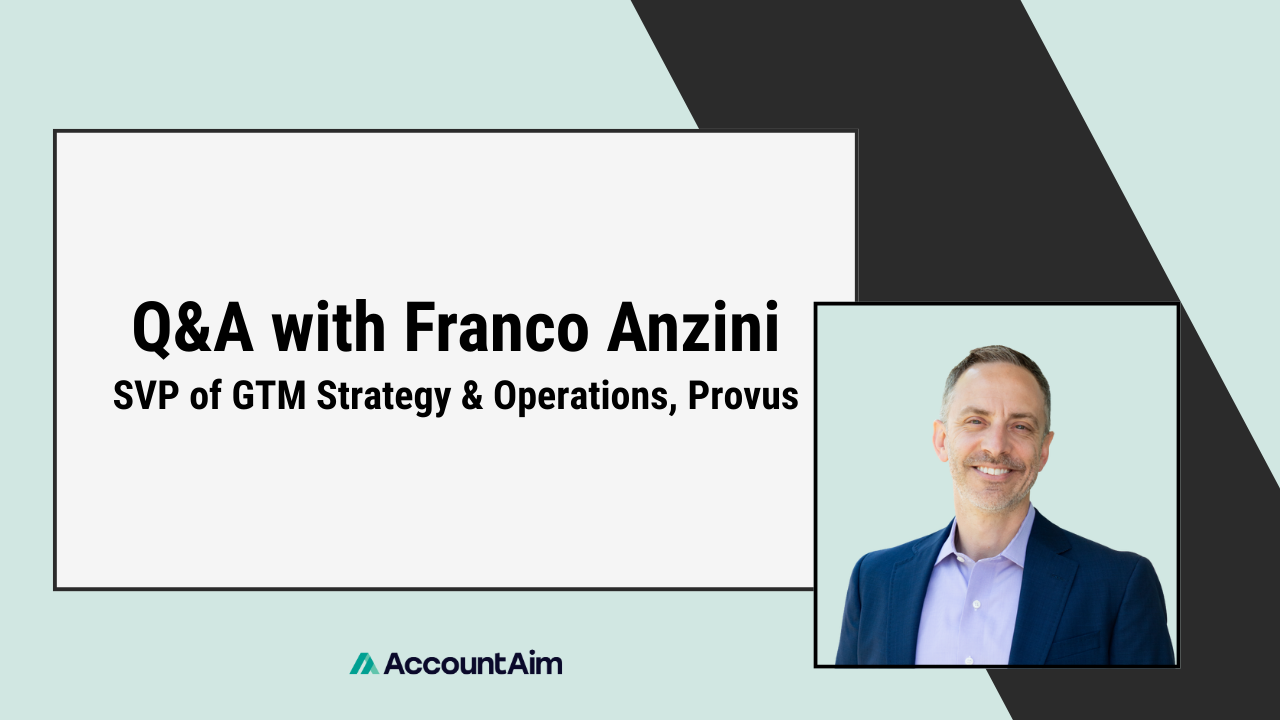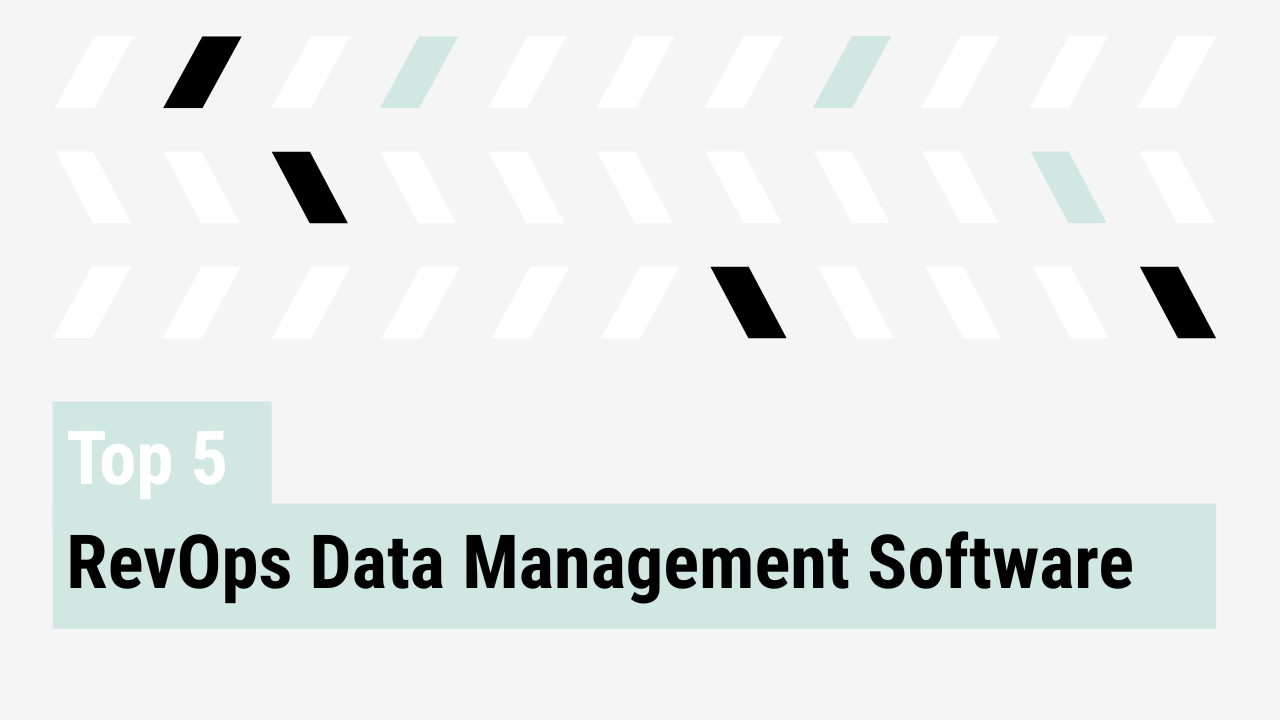Revenue Operations has become one of the most critical functions in scaling organizations. No longer just about systems and reporting, RevOps leaders are increasingly expected to shape go-to-market strategy, align commercial teams, and influence executive decisions.
Franco Anzini, VP of GTM Strategy & Operations at Provus, has built his career navigating this evolution. In this conversation, he shares lessons on growing into leadership, shifting from tactical execution to strategic influence, and knowing when a company is ready for senior RevOps leadership.
How did you navigate your path into RevOps leadership, and what role did mentors and role models play?
Early in your career, it is invaluable to have someone who shows you what the next step could look like. I was fortunate that my first RevOps manager had a breadth of knowledge that set the bar high. Watching him work made me realize, “I have to be as good as him.” Having those role models and exemplars gives you a reference point for how to grow into bigger leadership roles.
“As you start moving up from RevOps to different leadership roles, you need those role models or exemplars that you can model yourself after.”
What advice do you give mid-career operators who want to move from tactical work to more strategic leadership?
If you want to truly influence the business, you need to get closer to where revenue changes hands. It is easy to get stuck in tactical requests, but strategy comes from stepping back, asking different questions, and building context beyond your immediate role. Spend time with leaders in other departments, understand how they think about the business, and learn how decisions get made. That is how you start to show up as a strategic partner.
“If you want to know what impacts a business, get close to where the money changes hands… Getting out of the weeds is probably the first piece of advice I give people when they’re trying to be more strategic. Go talk to people in the organization that you don’t normally talk to, learn about the business.”
What are the biggest challenges first-time managers face when stepping into RevOps leadership, and how can they succeed?
The toughest shift for new managers is moving from doing the work yourself to enabling others to do it. You need to assess the strengths and gaps of your team, but you also need to step back and trust them. For me, that meant going from being the CRM administrator, where I knew every detail, to letting my team take ownership. It is uncomfortable at first, but learning to balance trust with accountability is how you grow as a leader.
“As a first-time manager… you want to be very clear to assess what you have and what you don’t have in your team. That could be in terms of skill sets, attitude, aptitude, or career, vision. That first step is just to get to know what you’re working with.”
How do you approach building alignment across cross-functional teams and stakeholders?
Alignment does not happen just because you create a process. It comes from relationships. I have found that showing up and asking stakeholders, “How can my team help?” reframes the role of RevOps from being a gatekeeper to being a partner. That shift builds trust and opens doors for more strategic collaboration.
When does a company know it is time to hire a VP of RevOps, and what qualities should leaders look for?
At some point, the scope of RevOps outgrows what a single contributor or director can manage. That is when you need a VP, someone who can tie together enablement, deal desk, analytics, and systems into a cohesive function. The best leaders in this role combine empathy with experience. They know how to translate insights into executive-level conversations that shape decisions.
What personal principles guide your leadership style, especially when inheriting new functions or teams?
Trust comes first. Let your team show you what they can do before you dive into the details. Take time to learn the landscape, listen carefully, and keep asking, “How can my team help?” That mindset not only helps you earn trust but also ensures your function is seen as a partner to the business.
Go Deeper
If you enjoyed this Q&A, check out the full conversation with Franco Anzini at YouTube or Spotify.
About AccountAim
AccountAim is the planning and analytics platform built for Strategic RevOps teams. With AccountAim, RevOps teams connect all of their fragmented GTM data, automatically snapshot and see trended changes over time, and build full-funnel reporting — all without SQL or data team support. Learn how Strategic RevOps teams use AccountAim to streamline forecasting, territories, cross-sells and more here.



